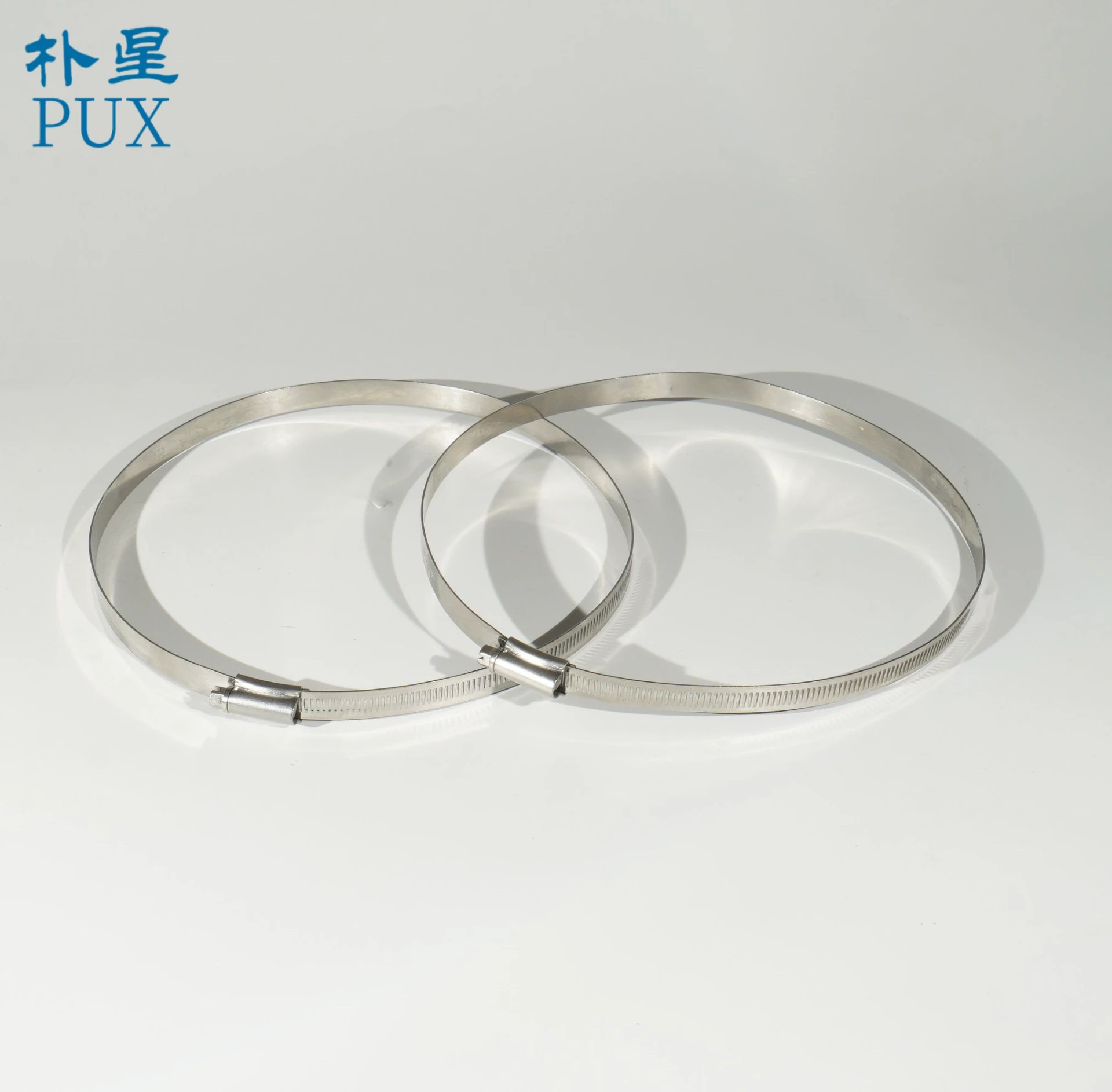- Phone:+86-17331948172 +86-0319-8862898
- E-mail: inquiry@puxingclamp.com
Nov . 12, 2024 14:24 Back to list
hose clamps
Understanding Hose Clamps Essential Components for Secure Connections
Hose clamps are simple yet vital components commonly used in various industries and applications. While they might seem insignificant at first glance, these devices play a crucial role in ensuring the integrity and safety of fluid systems. Essentially, hose clamps are designed to hold hoses securely onto fittings, preventing leaks and maintaining pressure within the system.
Hose clamps come in various designs, materials, and sizes to meet the diverse needs of different applications. The most common types are the worm gear clamp, spring clamp, and t-bolt clamp. Worm gear clamps are adjustable and equipped with a metal band that tightens around the hose when a screw mechanism is turned. They are widely used in automotive applications, plumbing, and other settings where flexibility and ease of adjustment are required. Spring clamps, on the other hand, use a spring mechanism to secure the hose, providing a quick and reliable connection without the need for tools. T-bolt clamps are robust and suitable for high-pressure applications, often utilized in heavy machinery and racing environments where reliability is paramount.
Material selection is also critical when it comes to hose clamps
. Common materials include stainless steel, galvanized steel, and plastic, each offering different levels of corrosion resistance, strength, and durability. Stainless steel clamps, for instance, are highly resistant to rust and corrosion, making them ideal for use in harsh environments, such as marine applications or chemical handling.hose clamps

The correct installation and maintenance of hose clamps are essential for ensuring optimal performance. A poorly installed clamp can lead to leaks, which can cause significant damage and operational inefficiencies. To achieve a secure fit, it’s important to select the right size clamp and apply the appropriate amount of tension. Over-tightening can damage the hose, while insufficient tightening can lead to slippage or leaks.
In addition to their primary function of securing hoses, hose clamps can also be used creatively in various DIY projects. From securing cables to organizing garden hoses, their versatility extends beyond industrial applications. This adaptability makes hose clamps a staple in both professional settings and everyday life.
In conclusion, hose clamps may be small components, but their importance in fluid management cannot be overstated. Whether in a car engine, residential plumbing system, or an industrial assembly line, hose clamps ensure that fluid connections remain secure and leak-free. Understanding their types, materials, and proper installation techniques is crucial for anyone involved in maintenance or repair work. Emphasizing the role of hose clamps empowers individuals and industries alike to maintain the reliability and efficiency of their systems.
-
High Quality T Bolt Hose Clip Factory & Suppliers Durable Stainless Steel Hose Clamps for Industrial Use
NewsJul.08,2025
-
High-Quality Hose Clamp & T Clamp Hose Clamp Reliable Factory & Suppliers
NewsJul.08,2025
-
Cold Rolled Stainless Steel Band - Premium Quality Supplier & Factory Price
NewsJul.08,2025
-
High-Quality Steel Strip from China Stainless Steel Coil & Cold Rolled Carbon Strip Manufacturer & Supplier
NewsJul.07,2025
-
High-Quality T Bolt Hose Clip from Leading Factory & Suppliers Reliable t bolt hose clip Factories
NewsJul.07,2025
-
Mini Hose Clamp Manufacturer & Supplier Precision Hose Clamps Mini Clamp Factory
NewsJul.07,2025




